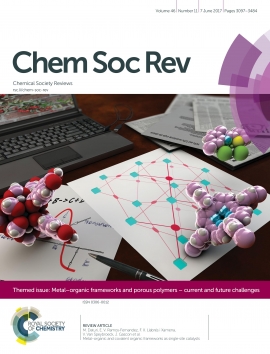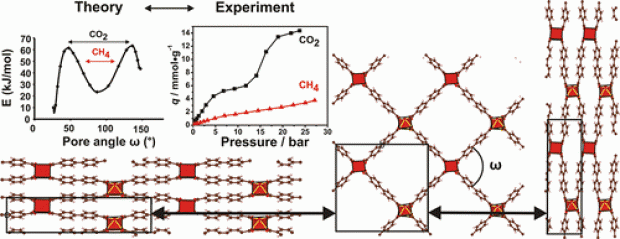Structure–performance descriptors and the role of Lewis acidity in the methanol-to-propylene process
Abstract
The combination of well-defined acid sites, shape-selective properties and outstanding stability places zeolites among the most practically relevant heterogeneous catalysts. The development of structure–performance descriptors for processes that they catalyse has been a matter of intense debate, both in industry and academia, and the direct conversion of methanol to olefins is a prototypical system in which various catalytic functions contribute to the overall performance. Propylene selectivity and resistance to coking are the two most important parameters in developing new methanol-to-olefin catalysts. Here, we present a systematic investigation on the effect of acidity on the performance of the zeolite ‘ZSM-5’ for the production of propylene. Our results demonstrate that the isolation of Brønsted acid sites is key to the selective formation of propylene. Also, the introduction of Lewis acid sites prevents the formation of coke, hence drastically increasing catalyst lifetime.


 Open Access version available at
Open Access version available at 